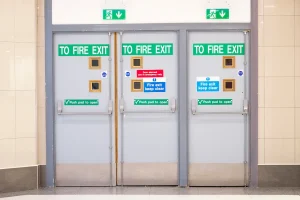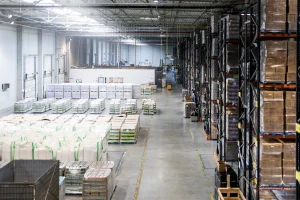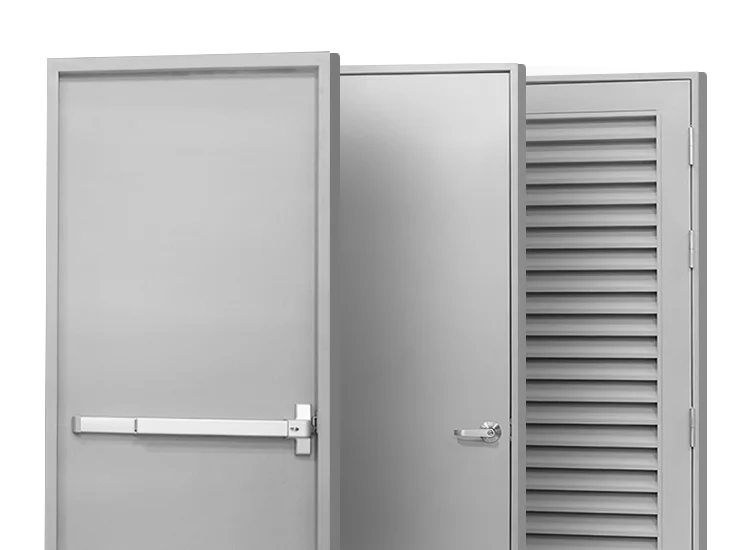With numerous disasters happening unexpectedly, it’s essential to make sure that your building is equipped with appropriate safety features, such as fire doors. Fire doors serve as steadfast protectors that provide not just protection and security but also a range of benefits that ensure the safety of both property and personnel.
In this blog, we’ll discuss the significance and benefits of incorporating these critical components into your commercial spaces, as well as how they may give you peace of mind while safeguarding your organization against the unpredictable threat of hazards.
What is a Fire Door?
A fire door is a specific type of door made to stop smoke and fire from spreading to other parts of the building. It is often built of fire-resistant materials and has intumescent seals that expand when exposed to heat, increasing its ability to contain fire.
Fire doors are also important components of a building’s passive fire prevention system because they provide a safe escape route for people attempting to exit a structure during a fire, while reducing the overall building damage caused by the fire.
Fire Door vs Fire Exit Door
Many people still believe fire doors and fire exit doors, which are typically seen at building exits, serve the same role, despite the fact that they do not. While both types of doors are vital for protecting people and property against fire, each door has specific roles within the fire safety plan.
That being said, it is crucial that you understand the distinction between the two if you intend to have doors similar to these installed or changed on your property. Read on.
1. One of the notable differences between these two doors is their purpose.
Fire exit doors are primarily intended to give a safe means of evacuating during emergencies such as fires or other potentially hazardous situations. In the meanwhile, fire doors are made to compartmentalize a building and confine the fire, minimizing the impact and giving residents more time to leave the property safely.
2. These two distinct types of doors also differ in their materials.
Fire doors are frequently made of materials like steel, gypsum, or wood with fire-resistant cores that have undergone testing and rating for their fire resistance. On the other hand, fire exit doors are frequently composed of sturdy materials like composite, aluminum, or steel that were selected because of their robustness and resistance to damage and misuse.
3. They are often found in different locations within a building.
Fire exits are usually located at strategic points within a building to provide a clear, direct route to safety. This includes main exits, emergency staircases, and other egress points leading directly outside or to a safe area. Conversely, fire doors are usually installed in areas that need to be compartmentalized to prevent fire spread. These locations include spaces between stairwells and hallways, in corridors, or at entrances to high-risk areas like kitchens or storage rooms.
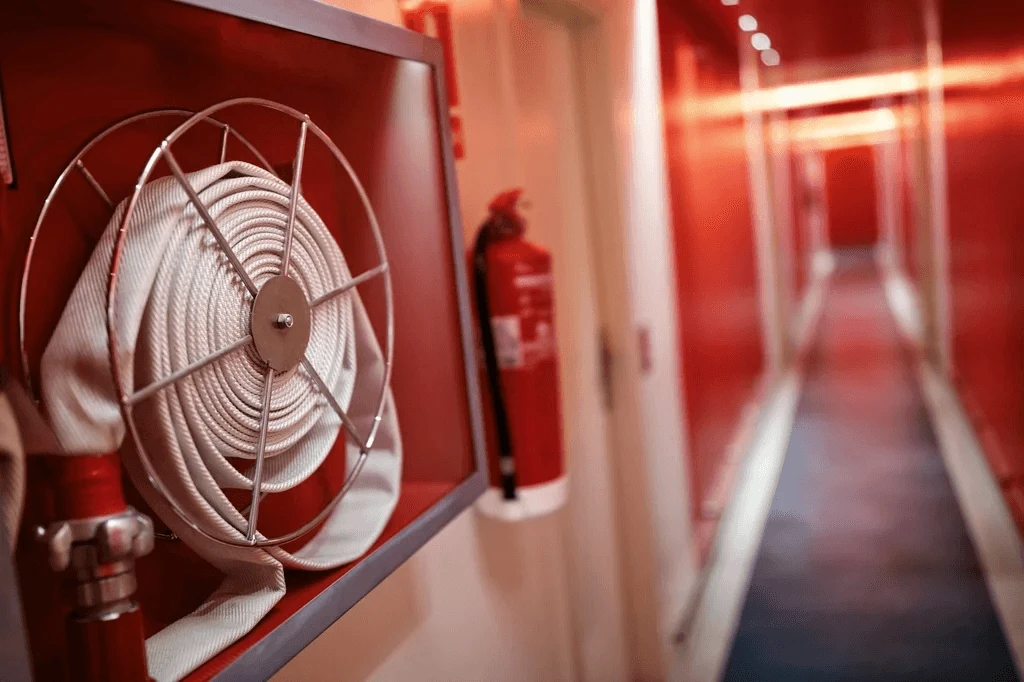
Common Characteristics of Fire Doors
Aside from being fire resistant, fire-rated doors have many other excellent characteristics that contribute to protecting both people and property. Here are some of them:
Smoke Control
Besides stopping flames, fire doors also help keep smoke from spreading through the building. Since smoke inhalation is a leading cause of death in fires, it’s crucial to have doors that can block smoke. These doors have special strips that expand with heat, sealing any gaps around the door and keeping smoke out of other rooms.
Self-Closing Mechanism
Another important feature of fire doors is that they close automatically. A fire door needs an automatic closing mechanism to make sure it stays shut. This is vital for stopping fire and smoke from moving through the building to offer the best protection.
Certified and Compliant
Unlike other ordinary doors, fire doors comply with relevant fire safety regulations and are certified. This means that the doors have undergone testing and meet the required standards.
Benefits of Fire Doors to Commercial Properties
More than preventing the spread of fire, there are still other benefits of installing fire-rated doors on your commercial properties including:
Fire-rated doors safeguard both your property and assets.
Installing fire-rated doors gives you peace of mind by protecting your property in case of a fire. These doors can significantly reduce damage, helping you avoid the need for extensive rebuilding. For businesses, this means less downtime and quicker recovery after a fire.
They reduce the risk of injuries and fatalities.
Apart from providing significant time for people to safely leave during fires, fire doors also play a significant role in preventing harmful gasses from entering the area which greatly reduces the risk of accidents and loss of life especially for buildings that house hazardous materials.
Fire doors also serve to soundproof designated areas.
Because fire doors are heavy and thick with insulating features, they also offer excellent soundproofing. This is particularly useful in buildings where noisy equipment operates, as fire doors can help keep the noise contained to specific areas.
They also provide security and protection.
Fire-rated doors for commercial spaces do more than stop fires; they also keep unwanted people from getting in. They have good materials and special locks designed to keep places safe from break-ins, and other security problems, aside from fire.
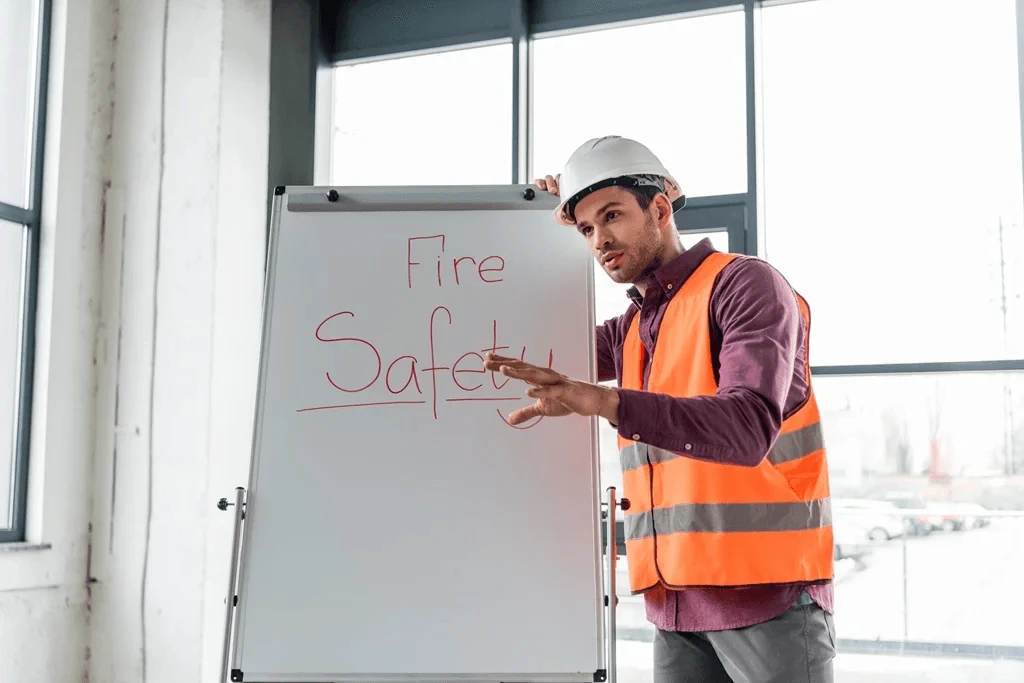
How Long Can a Fire Door Protect You?
Fire doors are made to avoid smoke and fire from spreading for a predetermined amount of time. And the length of time in which a fire door may prevent fire spread is normally classified by fire-resistance ratings, which are commonly measured in minutes. Typically, these ratings are described as follows:
1. FD30 Fire Rating
This is one of the most common fire door ratings, becoming a common standard used in building construction to improve fire safety. FD30 signifies that the door is designed to resist the spread of fire and smoke for a minimum of 30 minutes,
2. FD60 Fire Rating
These doors provide a higher level of protection, capable of restricting fire and smoke spread for up to 60 minutes. This extended time frame provides occupants with additional crucial minutes for evacuation and emergency response.
3. FD90 Fire Rating
FD90 provides a higher level of fire protection compared to two other common options. They’re designed to withstand fire for up to 90 minutes, offering enhanced safety and protection for buildings and occupants.
4. FD120 Fire Rating
FD120 means the door can hold up against flames, heat, and smoke for up to 2 hours before it gives in to the fire. These doors are used in places where top-notch fire protection is crucial, such as big buildings or industrial sites.
5. FD240 Fire Rating
These fire doors are designed to provide fire resistance for up to 240 minutes (4 hours). This highest rating is typically used in areas where extremely high levels of fire protection are required, such as in certain industrial settings, storage facilities for hazardous materials, or critical infrastructure installations, and are less common in typical residential buildings.
Essential Tips in Maintaining Fire Rated Doors
Fire doors are a component of a building’s passive fire prevention system, and the proper installation and upkeep of the entire door assembly are crucial to the door’s efficacy. Thus, make sure to follow these steps to ensure that your fire door lasts a long time and keeps you safe from dangerous situations.
1. Start by giving your fire doors a visual inspection.
Conduct regular visual inspections of fire-rated doors to check for any signs of damage, wear, or improper operation. Look for cracks, holes, warped frames, damaged seals, broken hinges, peeling, or blistering paint, which might indicate exposure to heat.
2. Once the visual inspection is complete, conduct an operational check.
Following visual inspection, an operational check ensures proper functionality of all door components. Swing them open and shut a few times to see if they’re working smoothly. Additionally, you should see if they are doing the required self-closing action. Verify that they latch tightly, without leaving any gaps when they are closed.
3. If you see any issues, repair the damage promptly.
Lastly, swift action is critical to guaranteeing the continuous effectiveness of your fire-rated doors. So, make sure to repair or replace any damaged parts as quickly as possible to preserve the door’s structural stability and fire resistance.
Expert Tip:
Although anyone may perform routine visual inspections, it’s important to have fire doors evaluated by experts once a year as they can spot problems that the untrained eye might miss.
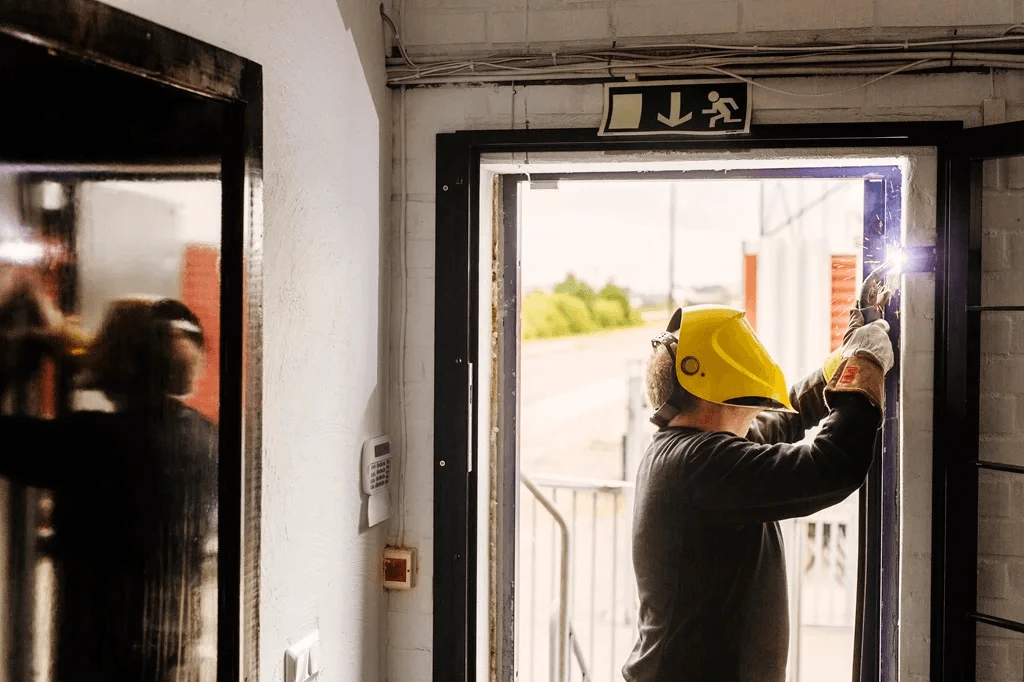
Protect Your Facility Against Fire — Invest in Reliable Fire Exit Doors Now!
Overall, installing fire doors on your premises can ensure your safety and protection against hazardous situations. But aside from having fire doors, investing in reliable fire exit doors is also essential for bolstering fire protection efforts. Janus Steel offers a range of high-quality fire exit doors designed to meet safety standards and improve building safety. Check out our selection of fire-rated doors now to safeguard your property and occupants from fire and other hazards.

